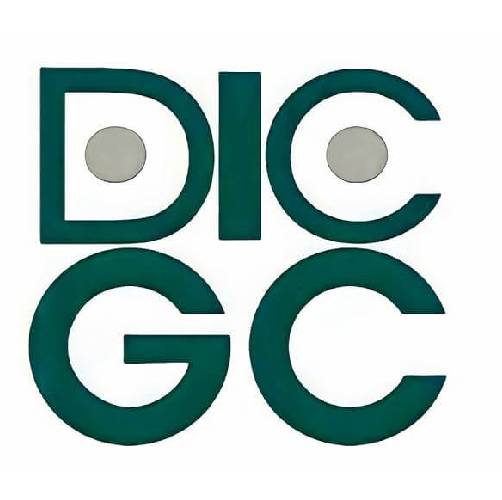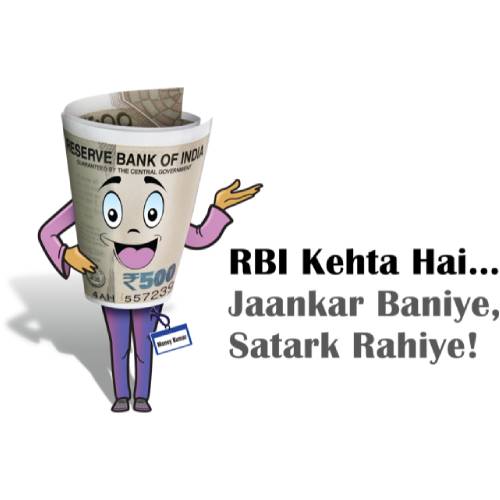Lending a Hand
March 09, 2013
An all-women's bank will need to understand the lives and livelihoods of its clients.
An all-women's public sector bank can bring women into the mainstream of formal banking institutions. Women are bankable and it is a positive development that the central government has realised it needs to invest in the economic capacity of women.
In India, women form 90 per cent of the informal workforce. So, they are economically active. Their economic power may be small but it is a power. All-women's bank will enable the government to tap this power of women to invest. It is the right step towards inclusion. If one looks at formal banking status in India, about 40 per cent of the population has a bank account. Among them, women would be far fewer. The proposed banks will ascertain inclusion in the formal banking services.
However, the government can't afford to model the all-women bank on the nationalised banks. If the only difference is women employees and customers, it will defeat the purpose. All women's bank will have to be different in the financial services it offers to customers. The 'what' and 'how' is important here as one has to acknowledge that a majority of women will not have any idea about a bank or a bank account, especially in the rural areas. Most women would be under the direct or indirect influence of local moneylenders and their husbands.
Such a bank will have to offer not only savings and credit, but a package of financial services including insurance, housing loans and pension schemes. Moreover, the approach of the bank will have to be more hands-on including counsellors who can create awareness about suitable financial products and transactions that serve their lifecycle needs, and create support units. Basically, the bank will have to be more creative and compassionate in approach and try to operate closer to the local women's lives and livelihoods.
For the last three decades, the self-help group (SHG) movement has evolved and grown. It has built millions of grassroots level, democratic groups of poor women that have built their own financial and service delivery mechanism. Still, they need formal banking services. The proposed bank should design the structure to provide them banking services without disturbing their existing democratic set-up.
However, I am wedded to the cooperative ideology. Our experience with SEWA Bank has revealed that women though poor and self-employed are bankable. They are good customers and are better at repaying loans. We started giving dividends from the second year.
Some day, I would like to see SHG clusters graduating to a local area bank or a cooperative bank. It can be viable. However, the government will have to understand women's lives and livelihoods and facilitate the process. Finally, I believe, the women's bank will build up their assets, will be able to raise their productivity so as to increase their income, and, build capacity to stand firm in the competitive market.




